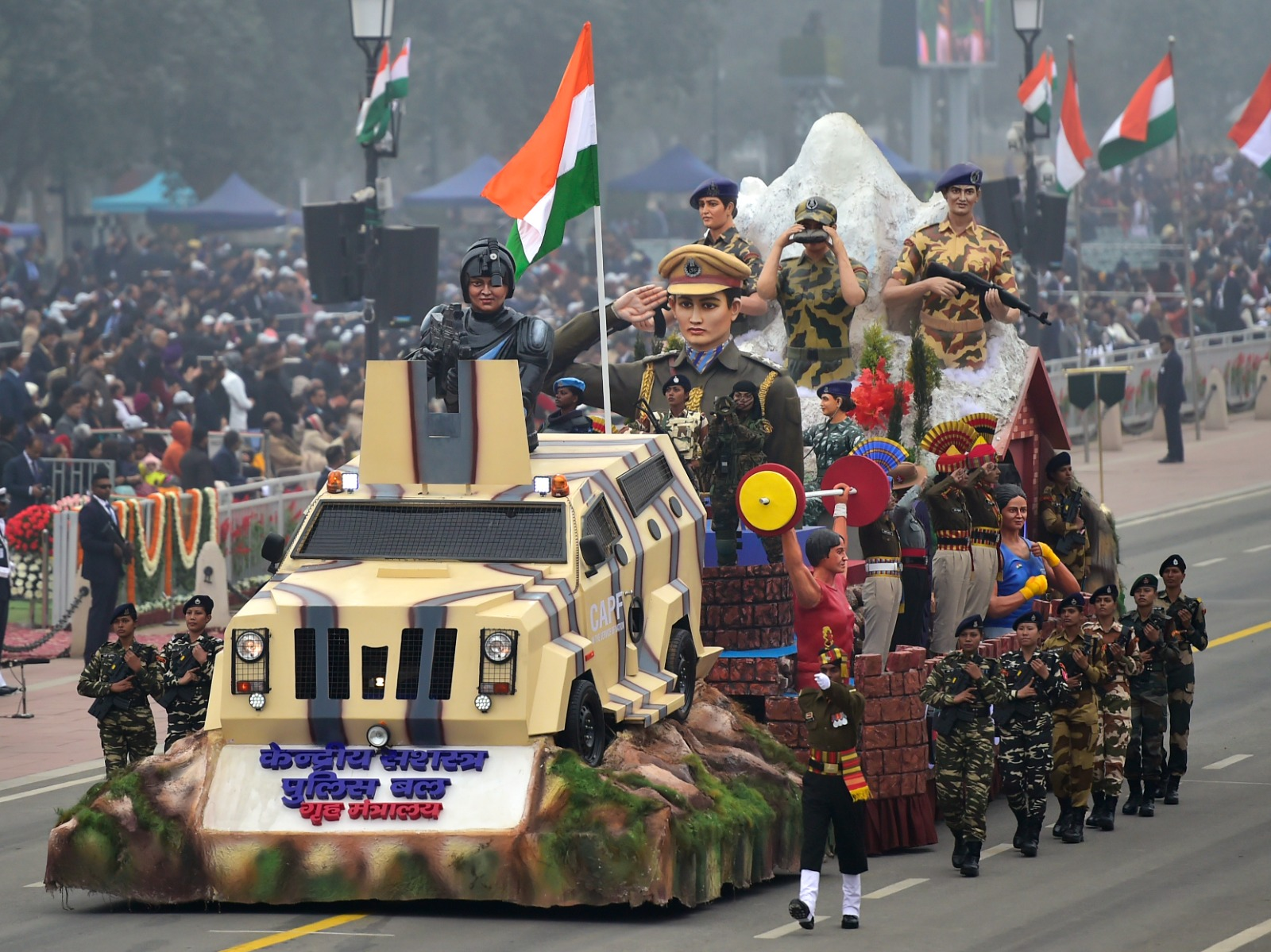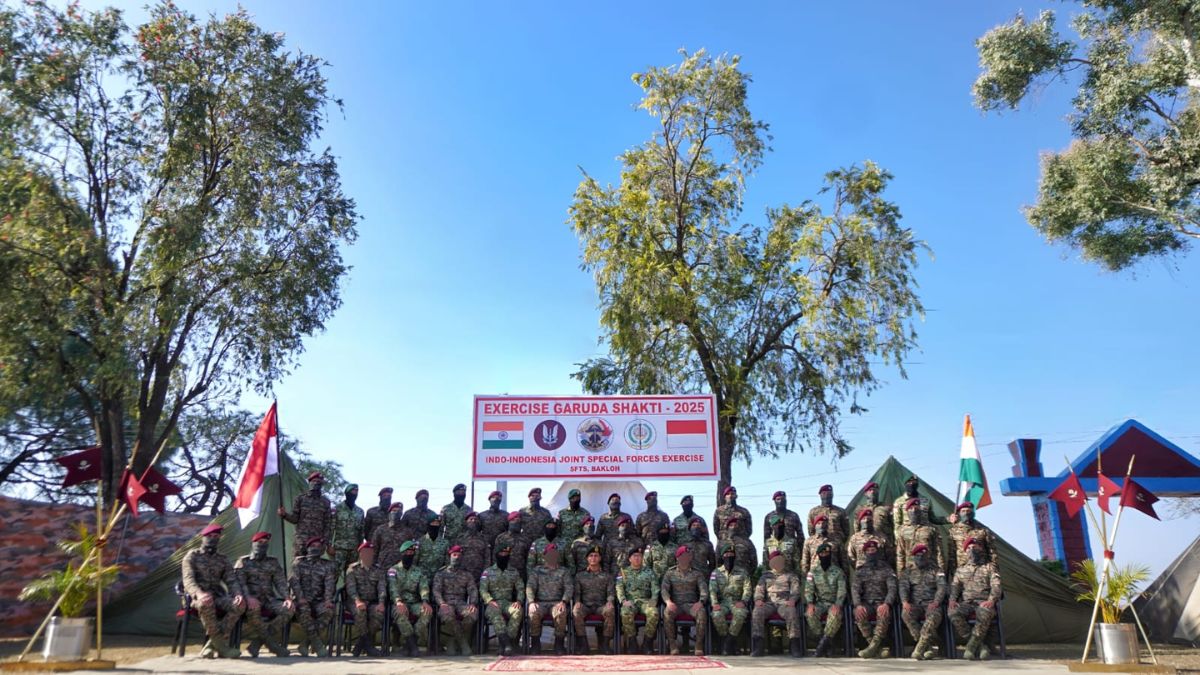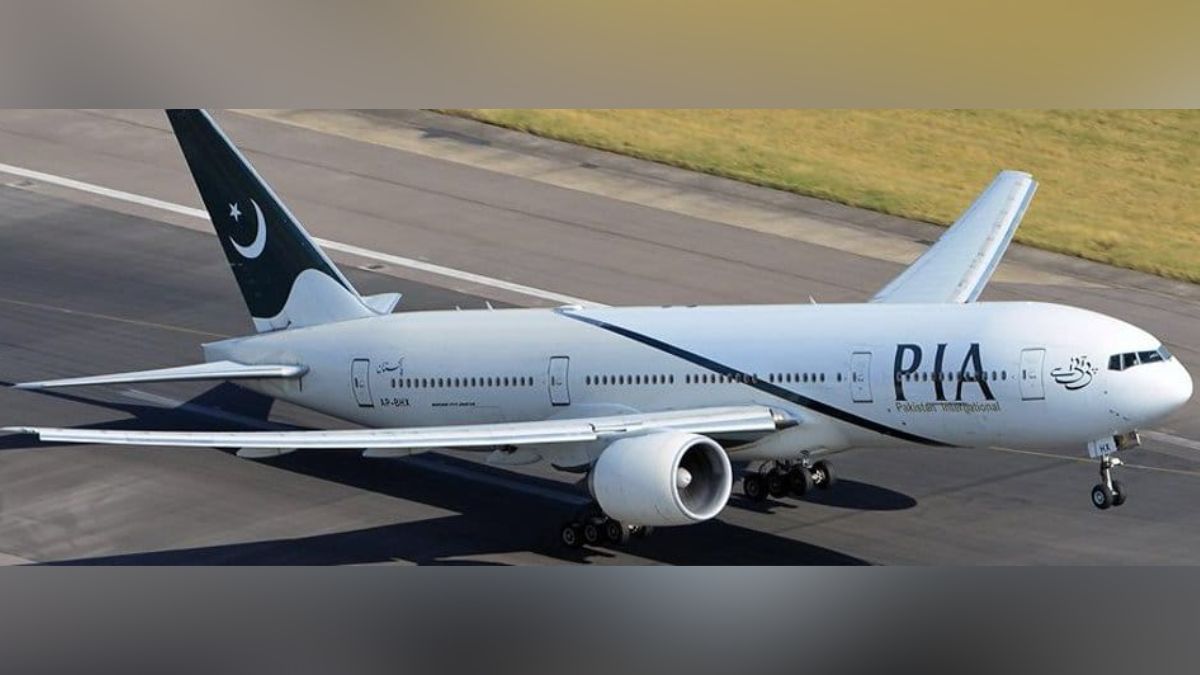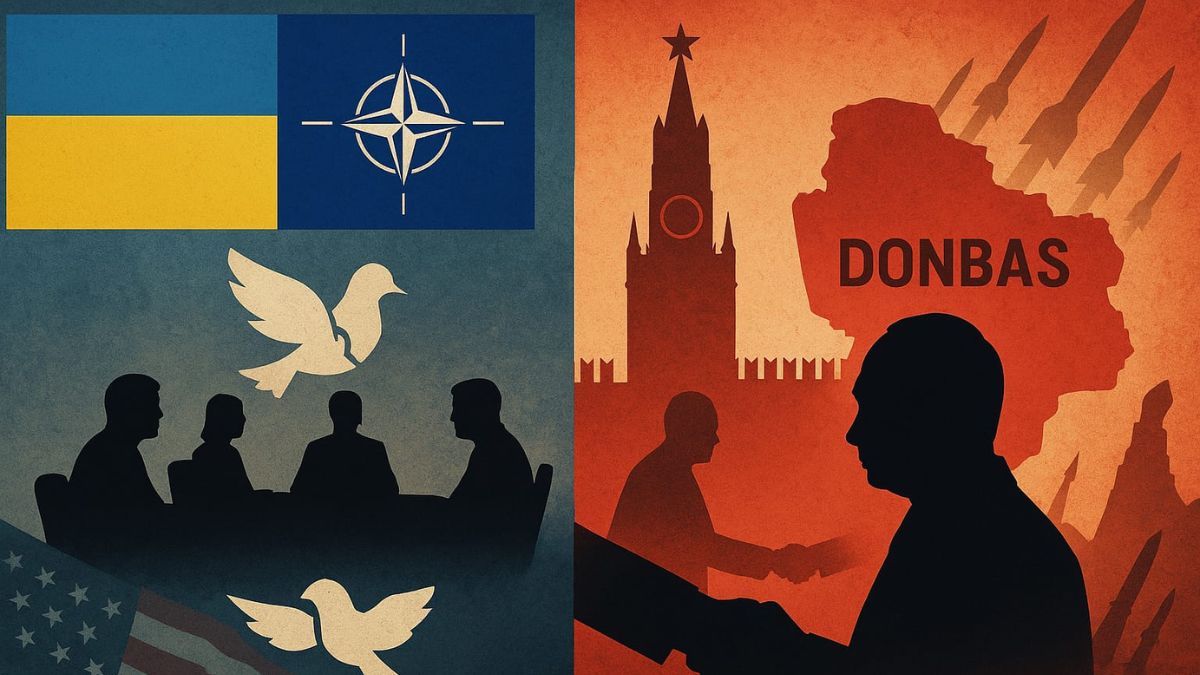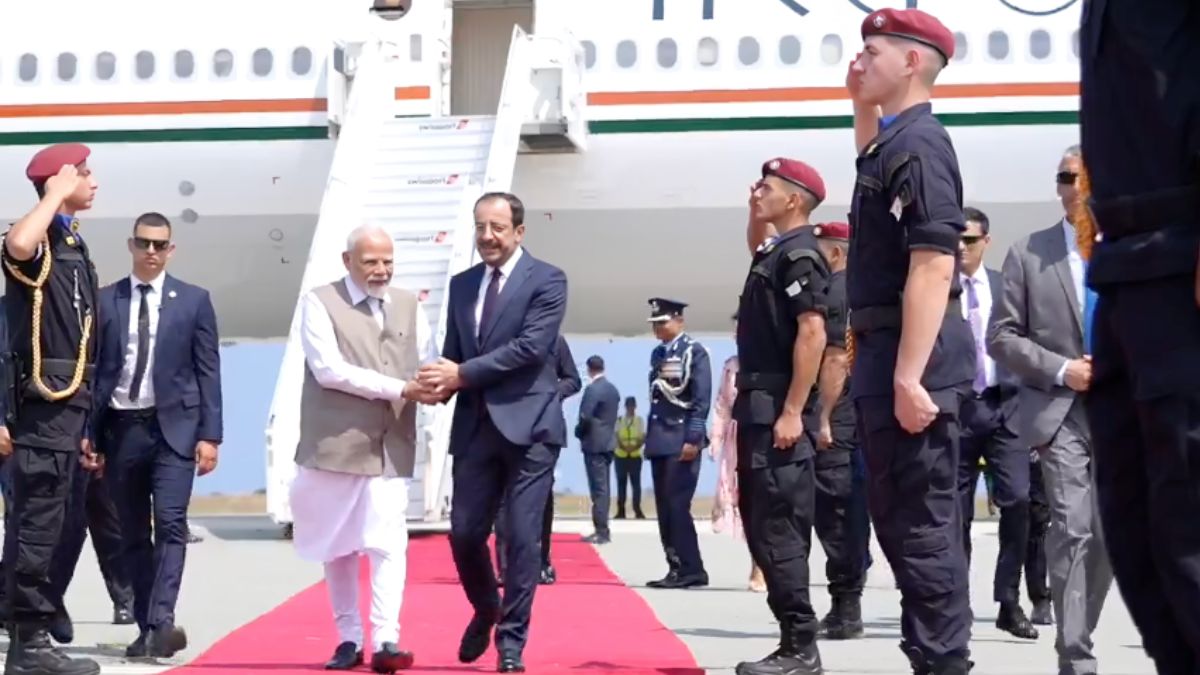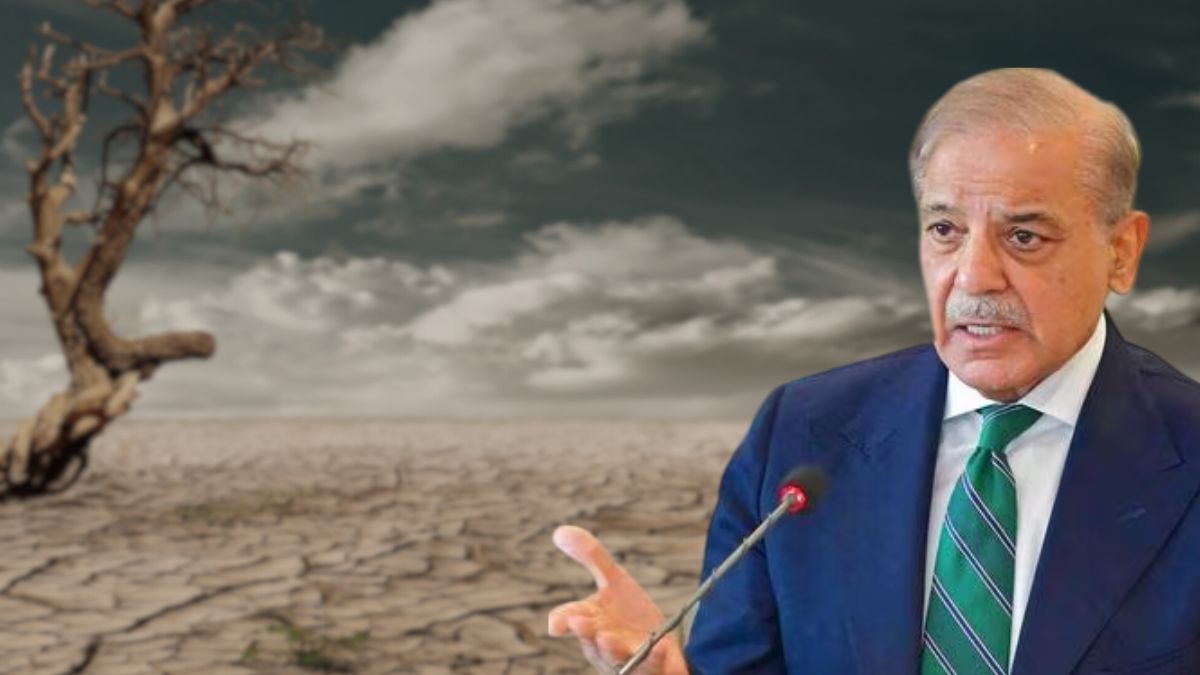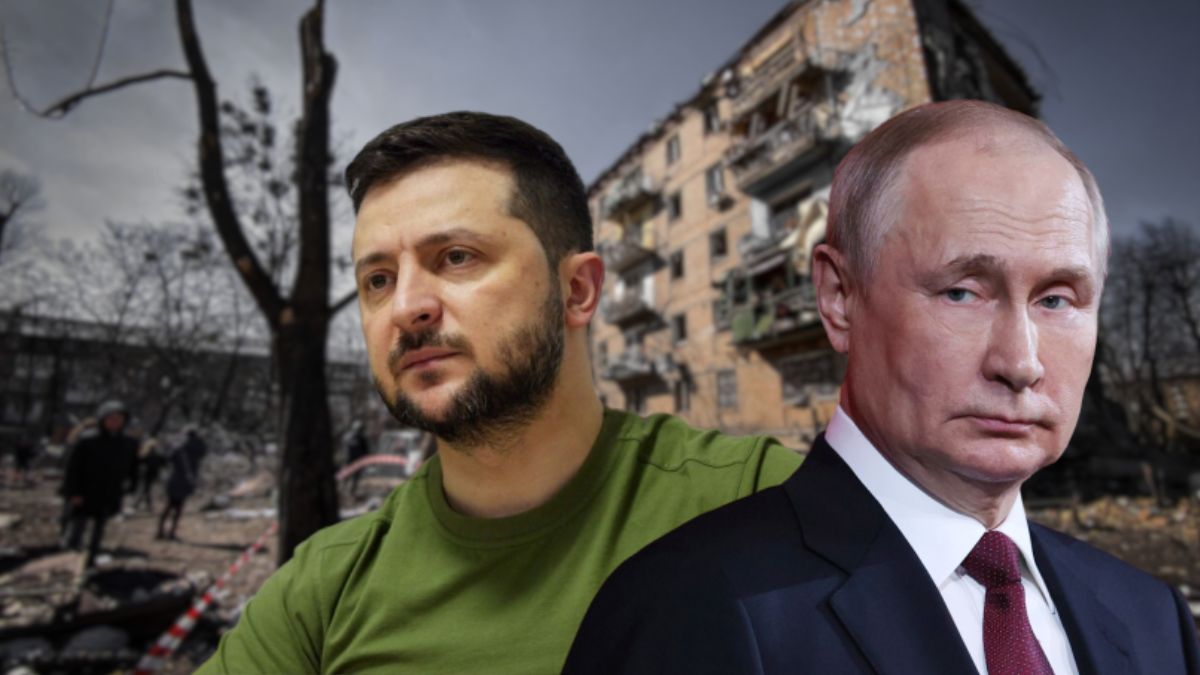Israel-Iran Ceasefire Comes Into Force, Moments After Massive Missile Salvos Exchanged
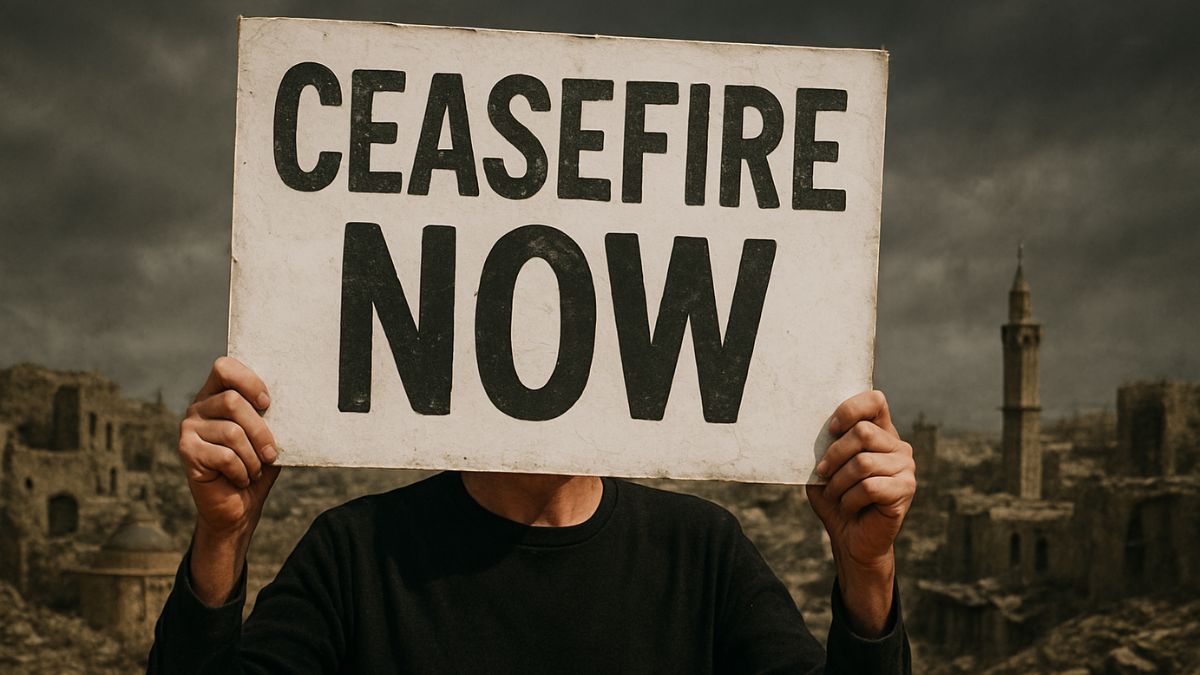
Image courtesy: AI-generated picture via DALL-E
After nearly two weeks of high-stakes military exchanges, a ceasefire between Israel and Iran officially came into effect early Tuesday (June 24), just moments after both sides fired fresh salvos of missiles. The ceasefire was brokered and announced by US President Donald Trump, who said the archrivals had agreed to halt operations in a staggered fashion— though initial reactions from Tehran suggested uncertainty about the deal.
The 12-day conflict, sparked by Israeli strikes on Iran’s nuclear and military sites, marked the most direct and deadly confrontation between the two adversaries in recent history.
What were the terms of the ceasefire and how did it come into effect?
US President Donald Trump made a surprise announcement on his Truth Social platform late Monday, declaring that Israel and Iran had agreed to a “Complete and Total CEASEFIRE.” According to the plan, Iran would begin a unilateral halt in operations at 0400 GMT Tuesday, with Israel set to follow 12 hours later.
Trump described the ceasefire as the “official end” to hostilities, although he noted both nations would first “complete their in progress, final missions” before stopping. The ceasefire reportedly came into force on schedule, even as missile exchanges continued into the final moments leading up to the deadline.
Did Iran and Israel both agree to the ceasefire?
The agreement’s legitimacy was cast into doubt after Iran’s Foreign Minister Abbas Araghchi posted online that “as of now, there is NO ‘agreement’ on ceasefire or cessation of military operations.” However, he added that if Israel halted its “illegal aggression,” Iran would not continue its retaliatory strikes.
Israel did not immediately comment on the ceasefire plan or on its implementation. The conflict began on June 13, when Israel launched what it claimed to be a preemptive strikes on Iran, targeting its nuclear enrichment sites at Fordow, Natanz, and Isfahan.
Who wanted the ceasefire?
US president wrote on his Truth Social platform, “Israel & Iran came to me, almost simultaneously, and said, ‘PEACE! I knew the time was NOW. The World, and the Middle East, are the real WINNERS!”
Iran quickly disputed this claim, though.
“The ceasefire has been imposed on Israel following Iran’s ‘successful’ attack on the US base in Qatar. Trump begged for a ceasefire following the attack,” the state-run IRINN announced in Iran, according to BBC.
What happened in the final hours before the ceasefire?
Just before the ceasefire took hold, Iran launched a fifth wave of missiles targeting Israel, according to state media. Air raid sirens blared in northern Israel, and the military reported ongoing interception efforts.
In one major strike, four people were killed in Beersheba, and two others were seriously injured. Overall, at least 24 people have been reported killed in Israel, while the Iranian health ministry says over 400 have died from Israeli attacks.
Iran also fired missiles at a US air base in Qatar, specifically Al Udeid Air Base, in retaliation for the US strikes on its nuclear infrastructure. Qatari authorities said they intercepted the attack, calling it a “flagrant violation” of their sovereignty.
President Trump downplayed the Iranian strike, saying Tehran had provided “early notice,” allowing the US to avoid casualties. “Nobody was injured,” he stated, thanking Iran for the warning.
The ceasefire may have halted the most immediate exchange of fire, but lingering distrust and conflicting narratives from Tehran and Tel Aviv suggest that the risk of renewed conflict remains far from resolved.
